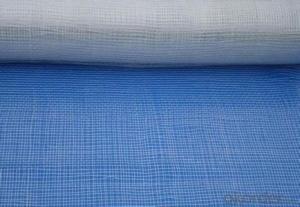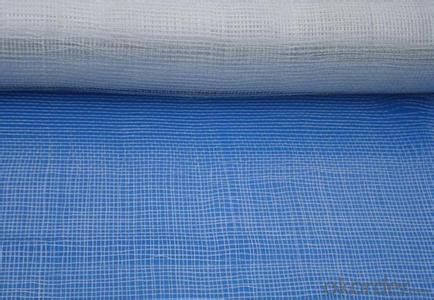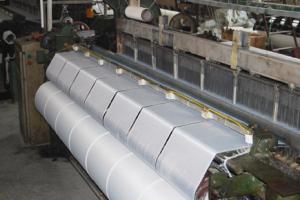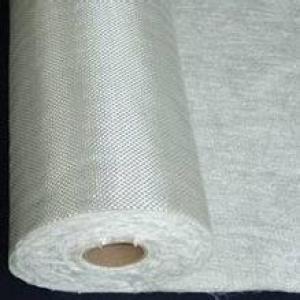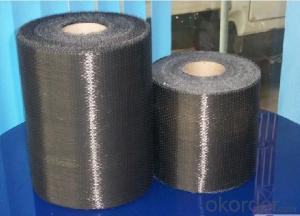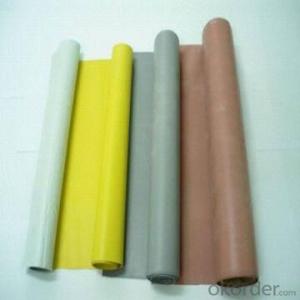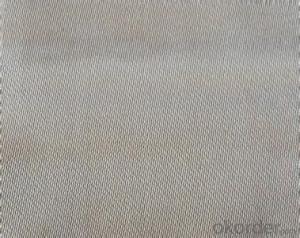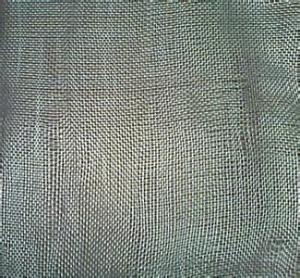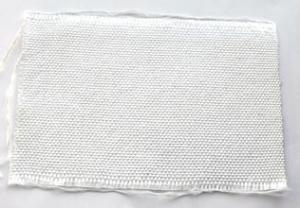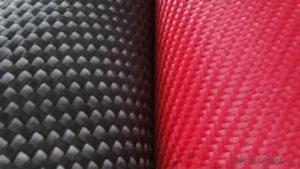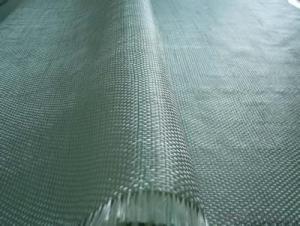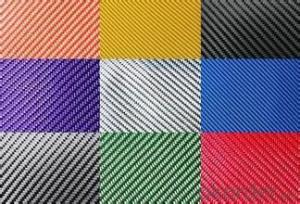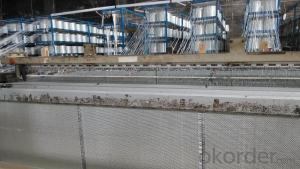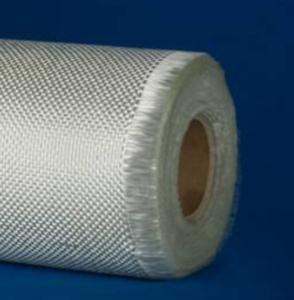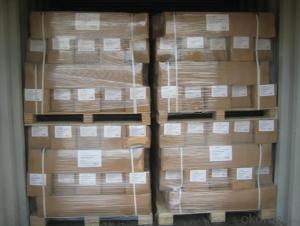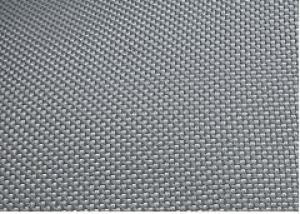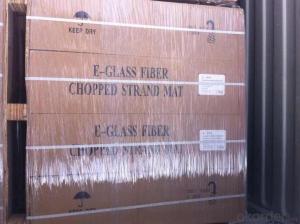High Silica Fiberglass Fabrics Cloth Fabric
- Loading Port:
- China Main Port
- Payment Terms:
- TT OR LC
- Min Order Qty:
- -
- Supply Capability:
- -
OKorder Service Pledge
Quality Product, Order Online Tracking, Timely Delivery
OKorder Financial Service
Credit Rating, Credit Services, Credit Purchasing
You Might Also Like
Quick Details
| Place of Origin: | Brand Name: | Model Number: | |||
| Application: | Weight: | Surface Treatment: | |||
| Width: | Weave Type: | Yarn Type: | |||
| Alkali Content: | Standing Temperature: |
Packaging & Delivery
| Packaging Detail: | 50m/carton |
| Delivery Detail: | about 20days |
Specifications
1. High silica glass fiber cloth.
2. High temperature resistance.
3. Instant working temp.: 1400C degree
- Q: Can fiberglass fabrics be used for insulation in refrigeration systems?
- Yes, fiberglass fabrics can be used for insulation in refrigeration systems. Fiberglass is a common material used for insulation due to its excellent thermal properties. It is a lightweight and durable material that can effectively resist heat transfer, making it suitable for insulating refrigeration systems. Additionally, fiberglass fabrics can be easily molded or shaped to fit the specific needs of the refrigeration system, ensuring a proper and tight insulation. It is also resistant to moisture, which is important in refrigeration systems where condensation can occur. Overall, fiberglass fabrics are a reliable choice for insulating refrigeration systems and are commonly used in the industry.
- Q: Can fiberglass fabric be used for making automotive parts?
- Automotive parts can indeed be made using fiberglass fabric. Renowned for its robustness, longevity, and ability to withstand high temperatures and chemicals, fiberglass fabric proves to be an excellent choice for automotive purposes. It facilitates the creation of diverse automotive components like hoods, fenders, spoilers, and interior elements such as door panels. The flexibility of fiberglass fabric enables the production of bespoke automotive parts with intricate designs. Furthermore, its lightweight nature aids in enhancing fuel efficiency and overall vehicle performance.
- Q: What are the different weights or thicknesses available for fiberglass fabrics?
- There are various weights or thicknesses available for fiberglass fabrics, ranging from lightweight options like 3 oz per square yard to heavier options like 18 oz per square yard.
- Q: Is fiberglass fabric resistant to ultraviolet radiation?
- Yes, fiberglass fabric is highly resistant to ultraviolet (UV) radiation. Fiberglass is made from glass fibers that are woven together to create a strong and durable fabric. This fabric is naturally resistant to UV radiation due to the properties of glass, which does not degrade or deteriorate when exposed to sunlight. This makes fiberglass fabric an excellent choice for outdoor applications, such as in the construction of awnings, canopies, and outdoor furniture, where protection against UV rays is essential. Additionally, fiberglass fabric can also be treated with special coatings or finishes that enhance its UV resistance, further increasing its longevity and performance in outdoor environments.
- Q: What kind of fiberglass fabric and asphalt paint do you use for 5mm thick fiberglass?
- 5mm's best use of thick asphalt paint (crown card) with 0.4 mm glass fiber cloth, at least five cloth six oil, the cost is more expensive,
- Q: What are the different fiberglass fabric finishes for antistatic properties?
- There are several different fiberglass fabric finishes that can be applied to provide antistatic properties. These finishes are designed to reduce or eliminate the buildup of static electricity on the fabric surface, which can be important in various industries such as electronics, automotive, and aerospace. Some of the commonly used finishes include: 1. Carbon Coating: This finish involves applying a thin layer of carbon particles onto the surface of the fiberglass fabric. The carbon particles create a conductive path, allowing any static charge to dissipate quickly. 2. Conductive Polymer Coating: In this finish, a conductive polymer is applied to the fabric, forming a continuous conductive network. This coating helps to prevent the accumulation of static charges and provides a high level of antistatic protection. 3. Metallic Coating: A thin layer of metal, typically silver or copper, is applied to the fiberglass fabric. The metal coating acts as a conductor, allowing static electricity to flow through it and dissipate harmlessly. 4. Chemical Antistatic Finish: This finish involves the application of a chemical treatment to the fabric surface. These treatments usually contain conductive agents that help to neutralize any static charge buildup. 5. Carbon Fiber Reinforcement: Fiberglass fabric can also be woven with carbon fibers to enhance its antistatic properties. Carbon fibers have inherent conductivity, helping to dissipate static charges effectively. It is important to note that the choice of fiberglass fabric finish for antistatic properties depends on the specific requirements of the application. Factors such as the level of antistatic protection needed, the desired durability, and the intended use of the fabric will influence the selection of the appropriate finish.
- Q: What are the main characteristics and differences between CEM-3 high thermal conductivity and aluminum substrate? Which kind of board is more advantageous to make lamps and lanterns?
- High thermal conductivity CEM-3 material with high cost performance, and now only genuine, aluminum substrate counterfeit goods more, if from genuine, aluminum substrate has higher heat dissipation performance, but the price is high.
- Q: Is fiberglass fabric suitable for use in aerospace interiors?
- Yes, fiberglass fabric is suitable for use in aerospace interiors. It is lightweight, strong, fire-resistant, and offers excellent insulation properties. Additionally, it is durable and has low maintenance requirements, making it an ideal choice for various applications in the aerospace industry.
- Q: How does fiberglass fabric perform in moisture absorption?
- Fiberglass fabric is known for its excellent performance in moisture absorption. Due to its inherent characteristics and composition, fiberglass fabric has a very low moisture absorption rate. The fabric is made from fine fibers of glass that are woven together, creating a tight and dense structure. This structure prevents moisture from easily penetrating the fabric. Compared to other materials such as cotton or polyester, fiberglass fabric has a much lower moisture absorption rate. It does not readily soak up moisture like natural fibers, and it does not retain water for long periods of time. This is advantageous in applications where moisture resistance is important, such as in outdoor or marine environments. The low moisture absorption of fiberglass fabric also helps to maintain its dimensional stability. Even when exposed to high levels of humidity or moisture, the fabric does not swell or warp. This makes it a suitable choice for applications where maintaining shape and integrity is crucial, such as in composite materials or reinforcement applications. Furthermore, the low moisture absorption of fiberglass fabric also contributes to its resistance to mold and mildew growth. Since moisture is not easily absorbed by the fabric, it creates an unfavorable environment for the growth of these microorganisms. This property makes fiberglass fabric a popular choice in applications where moisture resistance and hygiene are important, such as in the manufacturing of medical equipment or food processing industry. In summary, fiberglass fabric performs exceptionally well in moisture absorption. Its low moisture absorption rate, dimensional stability, and resistance to mold and mildew growth make it a reliable choice in various industries and applications.
- Q: How is fiberglass fabric used in the medical industry?
- Fiberglass fabric is used in the medical industry for various applications. It is commonly used in the manufacturing of casts and splints, providing rigid support and immobilization to injured bones or joints. The fabric is lightweight, breathable, and offers excellent strength, making it an ideal choice for this purpose. Additionally, fiberglass fabric is used in the production of medical tapes and dressings, providing a durable and reliable material that can adhere securely to the skin.
Send your message to us
High Silica Fiberglass Fabrics Cloth Fabric
- Loading Port:
- China Main Port
- Payment Terms:
- TT OR LC
- Min Order Qty:
- -
- Supply Capability:
- -
OKorder Service Pledge
Quality Product, Order Online Tracking, Timely Delivery
OKorder Financial Service
Credit Rating, Credit Services, Credit Purchasing
Similar products
Hot products
Hot Searches
Related keywords
